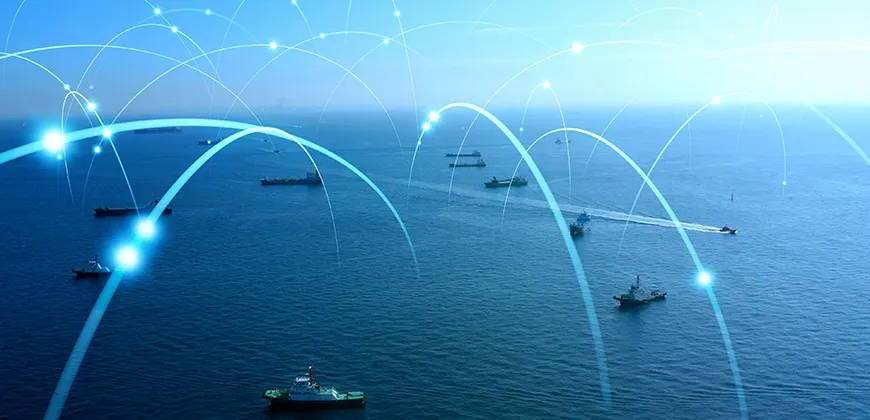Improving naval vessel operations through data visualization
Naval Architecture and Marine Engineering student Gaby Marino completed a student project where she investigated the potential for data visualization software to streamline operations on naval vessels. She talked to us in August 2020 about her work.

Why did you choose the MEL in Naval Architecture and Marine Engineering?
I’ve served in the Royal Australian Navy for the past 10 years. During this time, I obtained my engineering degree in naval architecture and then worked in a range of roles, most recently as a junior engineering officer. A lot of my work has focused on marine engineering, including a posting where I worked on dockings and heavy maintenance.
When I was applying to be sponsored for a master’s degree, I wanted to do something directly connected to naval architecture and to expand my knowledge rather than being pigeonholed into more niche technical areas.
Many of the other master’s degree options were quite focused on systems engineering or project management. I liked the MEL for its combination of engineering and business courses – that got me really excited.
Tell us about your student project.
Students in my program often get intern or co-op positions over the summer, but this wasn’t an option for me because of the nature of my visa. That meant I needed to develop a self-directed project. The idea for my project came from a course we took in the first semester on data analytics. I’d never done work in this area before, but I was excited to think about potential applications within the Navy.
A lot of data on ships is collected by different departments and ends up being siloed. So on the operations side, you’ll have maintenance data, assurance data and defect data, all collected under the umbrella of aggregated risk where it is then up to the head of the department to assess the risk to the system.
I wanted to investigate if it was feasible to upload data to Tableau and create an operational dashboard that pulled together information from multiple Excel spreadsheets. The idea is that staff could then easily review everything in one place and identify in real time any potential concerns in terms of workload or the functioning of ship systems.
What was involved in creating the Tableau dashboard?
I started with mock data from work centres in a marine engineering department and then cleaned the datasets using Tableau Prep so the data could be linked from Excel to Tableau. Within Tableau, I developed an operational dashboard that provides an easy-to-use interface to visualize and analyze the data so you can more easily assess the workload of each department and the impacts to each system managed by the department.
Say, for example, that a weekly maintenance task is to maintain a fuel pipeline, but this maintenance has been deferred for some reason. The Tableau dashboard lets you quickly see the maintenance needed for each system, so you can better assess risk and assign resources. Users can drill down to see impacts, making this much more powerful than Excel graphs or PowerPoint presentations.
Could this tool be used in your work environment?
Definitely. Tools like Tableau can provide enhanced data analysis to optimize the operation of an engineering department, with minimal input from the user once the prep work has been done and the visual templates created.
On a ship, it would be great to have these tools to share with the team to increase transparency and communication so everyone understands the shape of the department.
Stepping back, what can you tell us about your experience of the MEL so far.
With my undergraduate degree in naval architecture, much of the content in our engineering classes is familiar to me – although I’ve certainly been learning new things! This is perhaps why I’ve been very interested in the business and leadership classes as these are new concepts for me.
It’s interesting to come at this from my background in the Navy. Strategy means something quite different within the Navy than it does in business settings.
I now understand the principles behind decision-making processes and I am better positioned to provide support from an engineering perspective on strategies.
Thinking about organizational leadership and organizational behaviour has also been really interesting. Even just some of the tips we’ve learned about how to work with or manage introverts if you’re an extrovert – things like that are just more tools to add to my toolbox.
What’s next?
Unfortunately, I had to move back to Australia because of pandemic, and I will be completing the rest of my degree from here. I love to travel and was excited to be spending a year living in Vancouver. My next posting starts in January, when I will be deputy of a department for two years on a frigate.



